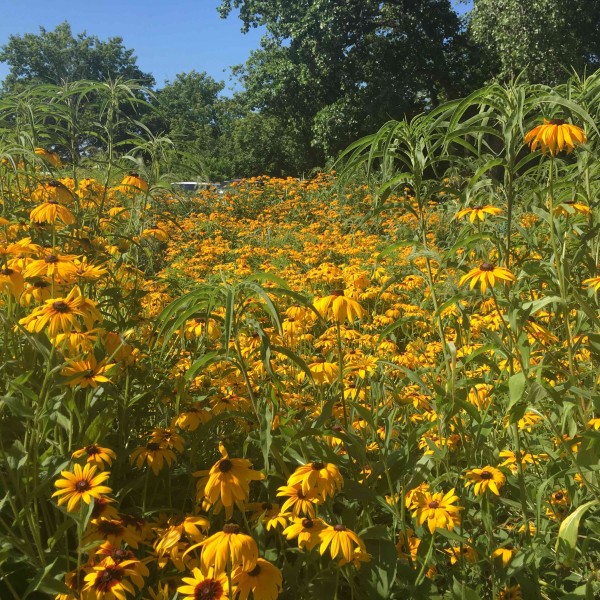
The future of dry tropical forests in Mexico 2019
CBG (lab), Mexico (field)
Soil & Fungal Biology
Seasonally dry tropical forests (SDTF) are located in regions with alternating wet and dry seasons, with dry seasons that last several months or more. Climate models predict substantial changes in rainfall regimes across these regions within the next 20 years. However, little is known about how individuals, species, and communities in SDTF will cope with the hotter, drier conditions predicted by climate models. Key to plant survival will be the responses of their mycorrhizal fungi to drier soils. Most plants in the SDTF are dependent on mycorrhizal fungi for water and nutrient capture. To address this issue, we have installed shelters to experimentally reduce rainfall by ~40% in an SDTF in the Yucatan Peninsula, Mexico.
In this project, the REU will collect soil samples from shelter and non-shelter areas. They will then analyze their samples and February 2019 samples for mycorrhizal root colonization and soil hyphae. The intern will then combine their findings along with existing data (2017, 2018) to create a timeline showing how reduced rainfall influences mycorrhizal abundance and develop hypotheses about possible impacts of droughts on SDTF forests.
Important: Intern must have a passport that is valid for at least 12 months, and be current with immunizations (measles-mumps-rubella (MMR), diphtheria-tetanus-pertussis, flu shot). The CDC also recommends vaccination for Hepatitis A and typhoid. Depending on the amount of rainfall when we visit, there may also be an abundance of mosquitoes and the potential for outbreaks of malaria.

